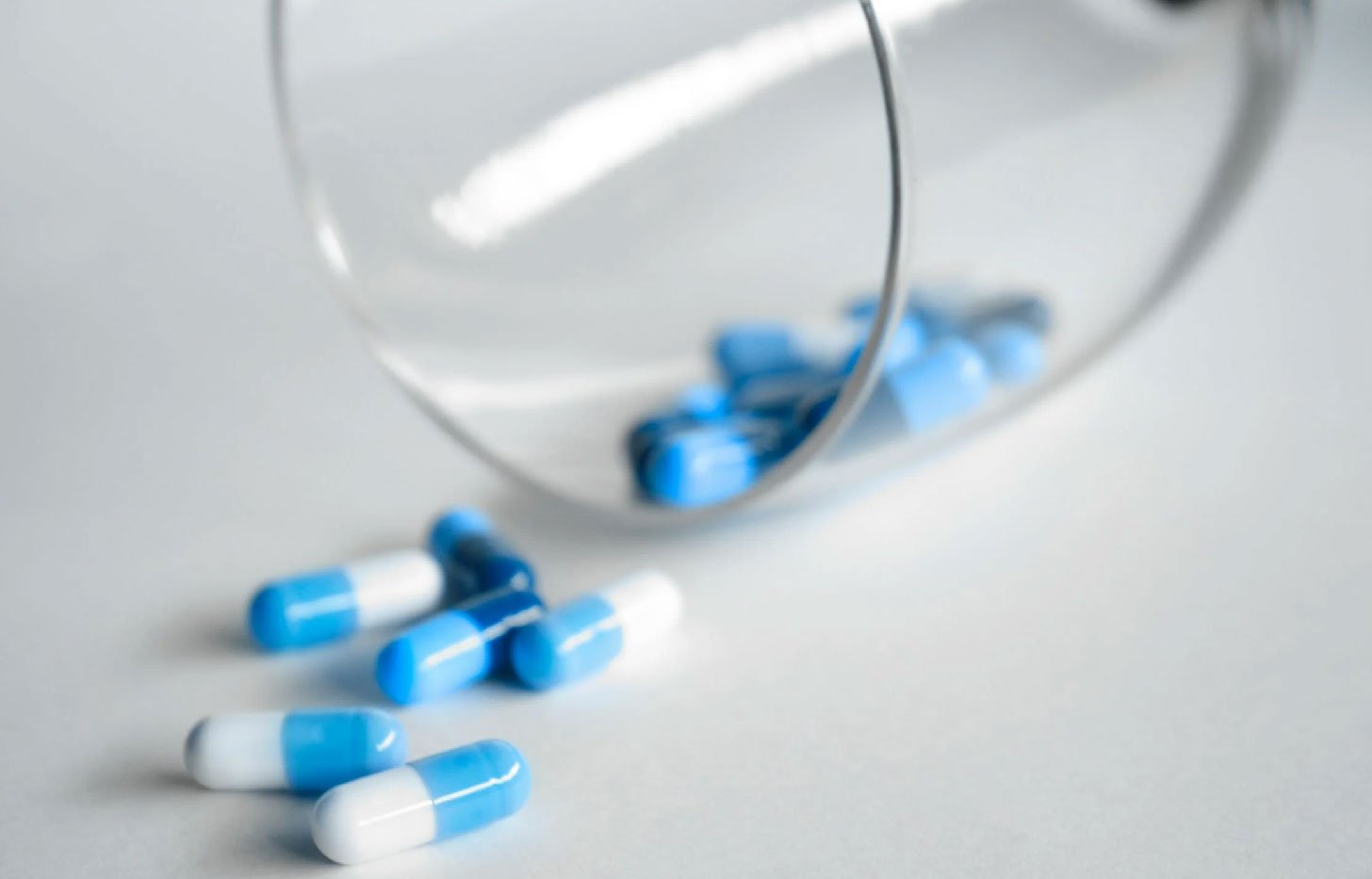Health
The Science of Healing: How Wounds Recover and What You Can Do to Speed Up the Process

The human body can heal itself, a process that begins the moment an injury occurs. Whether it’s a minor scrape or a deep surgical incision, the body immediately sets into motion a series of biological responses to repair the damage. However, not all wounds heal at the same pace, and various factors can slow down or even prevent proper healing.
For individuals who struggle with slow-healing wounds, seeking professional medical care can make a significant difference. A Wound Care Specialist in Marietta Georgia can provide advanced treatments that promote faster and more effective recovery, reducing the risk of complications. Understanding the science behind wound healing and supporting the body’s natural processes can help ensure a smooth and efficient recovery.
The Stages of Wound Healing
The four stages of wound healing consist of hemostasis followed by inflammation which leads to proliferation and ends with remodeling. Every phase serves an essential purpose in wound closure while rebuilding injured tissue.
Hemostasis starts instantly after an injury occurs. After an injury, the body responds swiftly to stop bleeding through clot formation in the affected area. Platelets function as tiny blood cells to form clusters that generate the temporary closure of wounds. The formed clot serves two essential purposes: stop additional bleeding while simultaneously activating growth factors to start the healing process. Wounds heal more slowly when clot formation is inadequate because they stay exposed to infection risks.
After stopping the bleeding, the body moves into the inflammatory stage. The inflammatory stage brings white blood cells to the injury site, where they remove both damaged cells and bacteria. The body uses its natural immune defenses to fight infections, but this protective response usually leads to swelling, discomfort and tissue redness. The healing process includes normal inflammation, yet persistent inflammation indicates an underlying condition such as infection or inadequate blood flow.
Cellular Regeneration and Tissue Repair
The body enters the proliferation phase following the immune response to create new tissue to heal the damaged area. The specialized cells called fibroblasts begin rebuilding skin structures through collagen production. The wound area develops new blood vessels named capillaries, which transport oxygen and the necessary nutrients to support cell growth. The tissue restoration process becomes slower when diabetes malnutrition or inadequate blood circulation exists, although this phase remains essential for tissue strength recovery.
The new tissue enters its last stage, which includes remodeling or maturation until it achieves strength and resilience. The collagen production process continues until the fibers fully restructure into a more vigorous tissue formation. The external healing of the wound might be visible, but the internal tissue repair will take multiple months to complete. Proper wound care continues beyond the appearance of skin healing because it protects against both wound re-opening and scarring.
How to Support Faster Healing
Wound healing speed and effectiveness depend heavily on three main factors: the age of the patient, general health status, and lifestyle behaviors. Natural body healing processes can be accelerated through deliberate actions that individuals can perform to speed up their recovery.
The initial and most vital measure in avoiding complications involves correct wound treatment. Protection and cleanliness of a wound decrease the possibility of infection, leading to prolonged healing times. Sterile bandages and antiseptic solutions establish an ideal setting for forming new tissue. When healing time exceeds expectations, medical experts may advise patients to use specialized dressings, hyperbaric oxygen therapy, and growth factor applications.
The recovery process of wounds heavily depends on proper nutrition. The body needs vital vitamins and minerals to create new collagen and fix damaged tissues, including vitamin C, zinc, and protein. The healing process requires nutrients from lean meats, leafy greens, and citrus fruits. Hydration stands equally essential for recovery because dehydration causes healing to become slower.
Patients who have diabetes or poor circulation need to control their health status along with their wound treatment. The body struggles to fight infection because high blood sugar levels create immune system deficiencies. When circulation fails to deliver nutrients and oxygen to wounds it extends the duration of healing. The recovery of wounds improves significantly when patients exercise regularly and stop smoking, and follow medical guidance.
Conclusion
The human body performs an elaborate biological healing through blood coagulation and tissue restoration. The body has natural self-repair abilities, yet external elements can either boost or impede this ability. Combining proper wound care with a nutrient-rich diet and health condition management improves healing outcomes. When individuals face slow-healing or chronic wounds, they need medical expertise to access advanced treatment methods that boost their recovery. Supporting natural body healing processes allows people to reduce complications while speeding up the restoration of skin integrity.
For More Information Visit Coopermagazine
-

 Celebrity12 months ago
Celebrity12 months agoWho Is Mindy Jennings?: All You Need To Know About Ken Jennings Wife
-

 Celebrity1 year ago
Celebrity1 year agoWho Is Jennifer Rauchet?: All You Need To Know About Pete Hegseth’s Wife
-

 Celebrity1 year ago
Celebrity1 year agoWho Is Enrica Cenzatti?: The Untold Story of Andrea Bocelli’s Ex-Wife
-

 Celebrity1 year ago
Celebrity1 year agoWho Is Klarissa Munz: The Untold Story of Freddie Highmore’s Wife
















